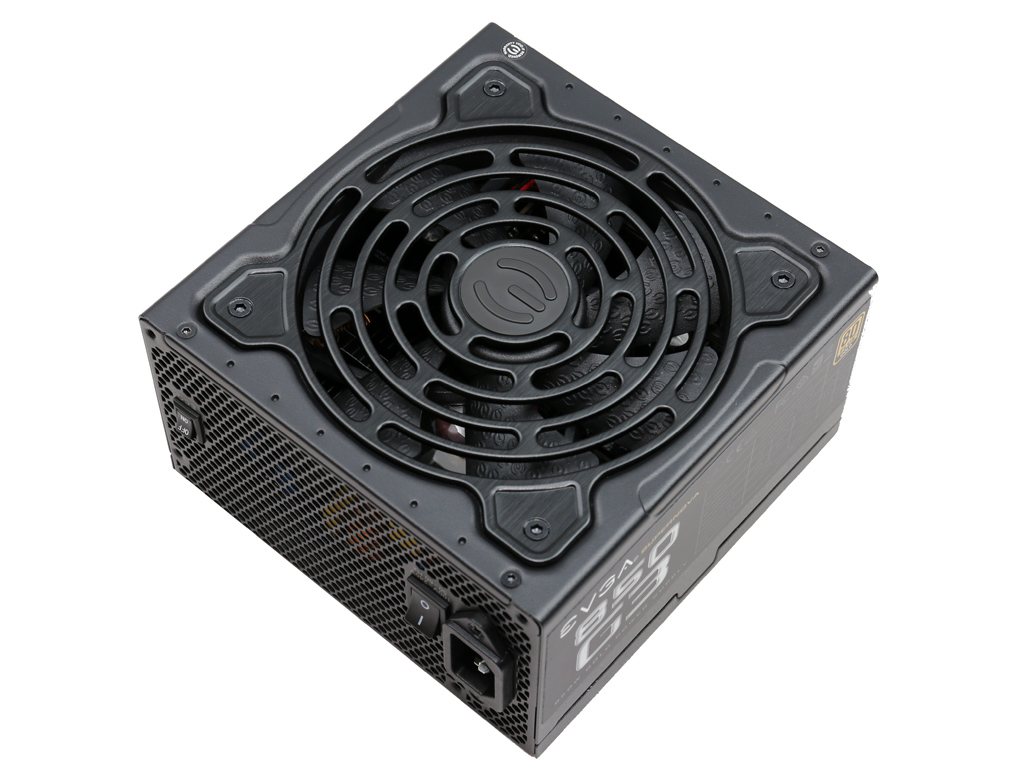EVGA SuperNOVA 850 G3 PSU Review
EVGA refreshed its popular G2 PSU family with the G3 one using Super Flower's Leadex II platform. The 850 G3 is the second strongest member in this line-up, offering high performance and a depth of just 15cm.
Why you can trust Tom's Hardware
Pros, Cons, And Final Verdict
The following video footage shows our work behind the scenes, demonstrating what we do to break down the PSU.
The SuperNOVA G3's major changes, aside from slightly better efficiency, are its more compact dimensions (the 850 G3 is 30mm shallower than the 850 G2) and smaller HDB fan (the G2s use double ball bearing fans). The external design underwent a slight revision as well, and we think the new aesthetic is much nicer.
Our test results speak for themselves; there is no doubt that EVGA's 850 G3 is one of the best 850W 80 PLUS Gold-rated PSUs you can buy. We are anxiously waiting for Seasonic's new Focus family, which will go up against the G3s and all other Leadex II-based power supplies. Perhaps an evenly-matched competitor will put a little pressure on the 850 G3's high price.
To be fair, Seasonic will probably have a hard time matching the G3's performance. But the 850 G3's price tag and noise output are two weaknesses other brands should be able to exploit. The days of EVGA's 80 PLUS Gold-rated PSUs competing based on value are long gone, since the company is now one of the most respected in this space. It no longer needs to discount its products to move them.
Officially, the SuperNOVA 850 G3 is listed at $150. Rebates could get you a little lower, if they become available. By the time Seasonic releases the Gold-rated Focus series, we'd like to see this PSU selling for closer to $120.
We expected the 850 G3 to perform amazingly well and it didn't let us down. Every discipline is done right. From load regulation to ripple suppression and transient response, the new Leadex II platform offers great performance. On top of that, Super Flower focused on higher power density, enabling the use of a much smaller enclosure compared to the previous G2 line-up.
There's always room for improvement, though. In this case, the 850 G3's most notable downside is its noise, which gets bothersome under taxing loads. The hydraulic dynamic bearing may help extend the fan's lifetime, but it's controlled by a profile that wasn't optimized for acoustics. Given the platform's high efficiency, we think the control circuit could be relaxed a bit.
Get Tom's Hardware's best news and in-depth reviews, straight to your inbox.
Another downside is the 5VSB rail's high power consumption at standby and low efficiency. Considering how well this platform does everywhere else, Super Flower should use a different standby PWM controller to reduce the rail's vampire power. Given the measurements we took with 230V input, we seriously doubt the 850 G3 will pass the recent ATX spec's requirements for less than 0.5W consumption with up to 0.225W load at 5VSB.
MORE: Best Power Supplies
MORE: Power Supplies 101
MORE: How We Test Power Supplies
MORE: Picking The Right Power Supply: What You Should Know
MORE: Is 80 PLUS Broken? How To Make It A More Trustworthy Certification
MORE: Computer History: From The Antikythera Mechanism To The Modern Era
MORE: All Power Supply Content
Current page: Pros, Cons, And Final Verdict
Prev Page Performance, Performance Per Dollar, Noise, And Efficiency Ratings
Aris Mpitziopoulos is a contributing editor at Tom's Hardware, covering PSUs.
-
envy14tpe Made by Super Flower? Love the quality SF produces. Can't wait to buy my new Leadex II.Reply -
powernod For those looking for an "80+ Gold efficient PSU", probably they won't have to look elsewhere. LeadexII seems amazing platform!!Reply -
BugariaM Based on the information from EVGA siteReply
Such an aggressive fan curve is only made on 1000W and 850W units of the G3 series
550W, 650W and 750W - have a much smoother relaxed curve
I'm curious, what is the fan curve for the 850W unit when the ECO mode is off? It is possible that in this mode it will be much quieter at normal load... -
waylo Dangit. Just bought this yesterday, focusing on a quiet PSU, deciding on this over the G2 or P2 version. I know the quality will be there, but disappointed in the noise levels.Reply -
Virtual_Singularity Excellent, impressively thorough and professional review, as usual. Much appreciated.Reply -
Stone Cold Reply
So you are saying this PSU is miles better than the Seasonic prime?!19439055 said:Ahh, SuperFlower. I don't know why people buy anything else.
